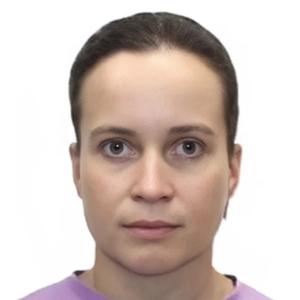
Maria Dvornikova
Scientific and research Institute of emergency pediatric surgery and trauma, Russian FederationPresentation Title:
VAC-therapy of an extensive wounds in children
Abstract
Vacuum therapy of a wound is not a new method in surgery, and its application in emergency hospitals is considered justified. However, the protocols for vacuum therapy in different surgical fields and stages of treatment are still debated: should it be applied before surgical treatment of the purulent focus, should the vacuum dressing be applied immediately after surgical treatment or delayed, and how often should the vacuum system be changed?
From 2013 to 2024, vacuum therapy was used in 360 patients aged from 2 to 17 years at the Scientific Research Institute of Emergency Children's Surgery and Trauma, of which 180 (69.5%) were boys. The majority were children with primary infected post-traumatic wounds (111, 42.9%) and patients with purulent necrotic wounds (59, 22.8%). There were 27 (10.4%) patients with complicated open fractures, and 30 (11.6%) children had purulent-necrotic pressure ulcers.
During treatment, we established indications for vacuum therapy at various stages of treatment for children: 1) before the surgical treatment of wounds, 2) after surgical treatment, and 3) at the reconstructive-plastic stage. Recommendations for the type, regime, and frequency of vacuum dressing changes were developed at each stage.
The application of vacuum therapy in pediatric surgery helps minimize the time it takes for wounds to transition from the first phase to the second, reduces the number of dressings performed under anesthesia, decreases microbial contamination of wounds, and shortens the preparation time for reconstructive surgical treatment.
Biography
Dr. Maria A. Dvornikova has been working in the Clinical and Research Institute of Emergency Pediatric Surgery and Trauma (Moscow) as a pediatric surgeon since 2016. She has obtained a good experience in emergency pediatric surgery. She treats children with various emergency surgical conditions. She takes an active part in researches, keeps abreast of the latest trends and achievements in the field of pediatric surgery, and makes presentations at scientific conferences. She implements new research techniques and modern surgical interventions into the daily practice of a surgeon. It indicates that she has a desire to promote continuous professional development and improvement of the quality of medical care in the world. Attentive attitude toward young patients and their parents plays a key role in successful patient management, as it creates trusting relationships, and facilitates the emotional state of the child and the parents, which also contributes to better outcomes.

